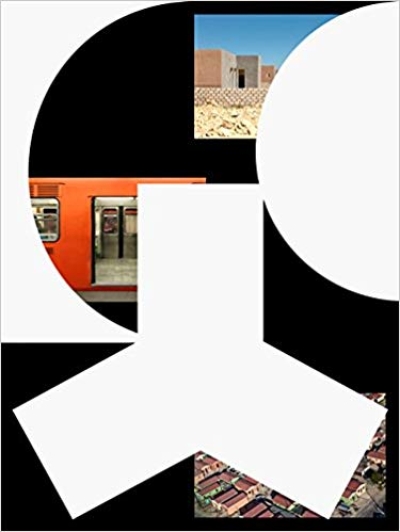
Urban Divides
Explorations of spatial, cultural, and social divides in the city.
Globalization promised an interconnected world, yet our cities are increasingly divided. In the past decade, for example, thousands of miles of new border walls have been constructed, many in urban contexts. People embrace the idea of walls out of fear, and leaders make promises that only reinforce divisions. Boundaries, of course, are not a new phenomenon. They have historically defined communities for cultural, political, and economic purposes. As urbanization increases and economic inequality reaches record levels, however, urban divides are becoming more pervasive. This volume of Perspectathe oldest and most distinguished student-edited architectural journal in Americainvestigates divides as a mechanism of urbanism, both spatially and socially complex.
Spatial urban divides are often perceived as binary: separating one entity from the other with walls, fences, and infrastructuresymptoms of conflict or of a failed society. Yet, with intensifying gentrification and ghettoization, urban divides are often not merely walls.
In texts, images, and studio projects, Perspecta 50 explores broad questions facing urbanism and architecture today, including the effect on urban housing of migration and the blurred boundaries between the formal and informal city. The contributors architects, urbanists, and academics identify and critique distinct urban typologies and architectural devices used globally to divide. Among the contributions are Dana Cuff's essay on spatial politics in Los Angeles, Jenny Holzer's reminiscence of guerilla art in the 1970s and 1980s, Gary McDonough's investigation of "soft portals" in global Chinatowns, and Studio Gang's vision of "Polis Station." Perspecta 50 invites readers to question the inevitability and ubiquity of urban divides.
Contributors
Marisa Angell Brown, Jon Calame, City Reparo, Andreea Cojocaru, Dana Cuff, Kian Goh, Jenny Holzer, Jyoti Hosagrahar, Jeffrey Hou, Andrés Jaque, Meghan McAllister, Gary McDonogh, Mitch McEwen, Alishine Osman, Todd Reisz, Mahdi Sabbagh, Anooradha Iyer Siddiqi, Michael Sorkin with Terreform, Studio Gang, Tatiana Bilbao Estudio, Guy Trango, Urban-Think Tank, Jesse Vogler, Annabel Jane Wharton, Theresa Williamson










